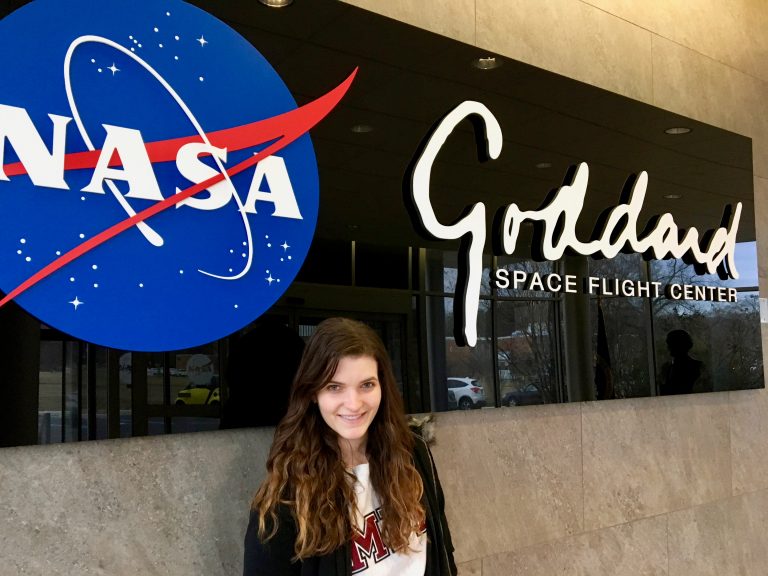Externship: From Robot to CubeSat
-
-
slice.mit.edu
Filed Under
Recommended

Each year during IAP, the MIT Alumni Association places hundreds of MIT students in short-term alumni-sponsored internships through the Student/Alumni Externship Program. In this post, Siena Scigliuto '18 shares her experience working at NASA’s Goddard Space Flight Center.
My passion for aerospace is no secret—I’ve loved rockets since I was a little kid. But fast-forward to my time at MIT and I’m a junior in Course 2 (mechanical engineering). People always ask me, “If you wanted to go into aerospace, why not be Course 16 (aero/astro)?”
Well, I’ve spent the past two IAPs performing externships at NASA’s Goddard Space Flight Center, just outside of Washington, D.C., and I learned just how valuable my Course 2 maker-knowledge could be—inside and outside of Earth’s atmosphere.
During my externships at NASA, I was able to apply new technologies to real-world problems. I helped develop a new, more space-efficient variation of reaction wheels, the pointing system for CubeSats. (Space nerds may already know that CubeSats are affordable and accessible vehicles for science missions and reaction wheels help a satellite steer.)
My primary task was to take a basic design (or redesign) of a reaction wheel and tailor it to a small-scale manufacturing and assembly process. I had to consider the design constraints: cost, effectiveness, accuracy, and simple assembly with standard tools. I spent time sitting in my desk chair with my eyes closed, moving my hands as if going through the motions of machining and using the parts. It was that visualization, coupled with my understanding of the relevant physical processes, which allowed me to develop a successful assembly and design plan.
I couldn’t have succeeded at NASA without my experience in the mechanical engineering course 2.007, which culminates in a legendary robotics competition. 2.007 taught me the importance of designing for manufacturing and assembly. I learned that my robot might have an incredibly clever mechanism tucked into its undercarriage, but if I can’t reach that mechanism with a standard screwdriver, my design won’t move very far from concept to reality. The hands-on processes I learned in 2.007 were absolutely critical to the high-level engineering work I performed at NASA.
Space research is becoming more readily available to the scientific community. The hands-on approach of mechanical engineering is becoming ever more ingrained as the backbone of the space industry. My externship showed that the pioneers and explorers at NASA crave MIT’s mens et manus approach, and nothing emphasizes the MIT ethos more than Course 2.







